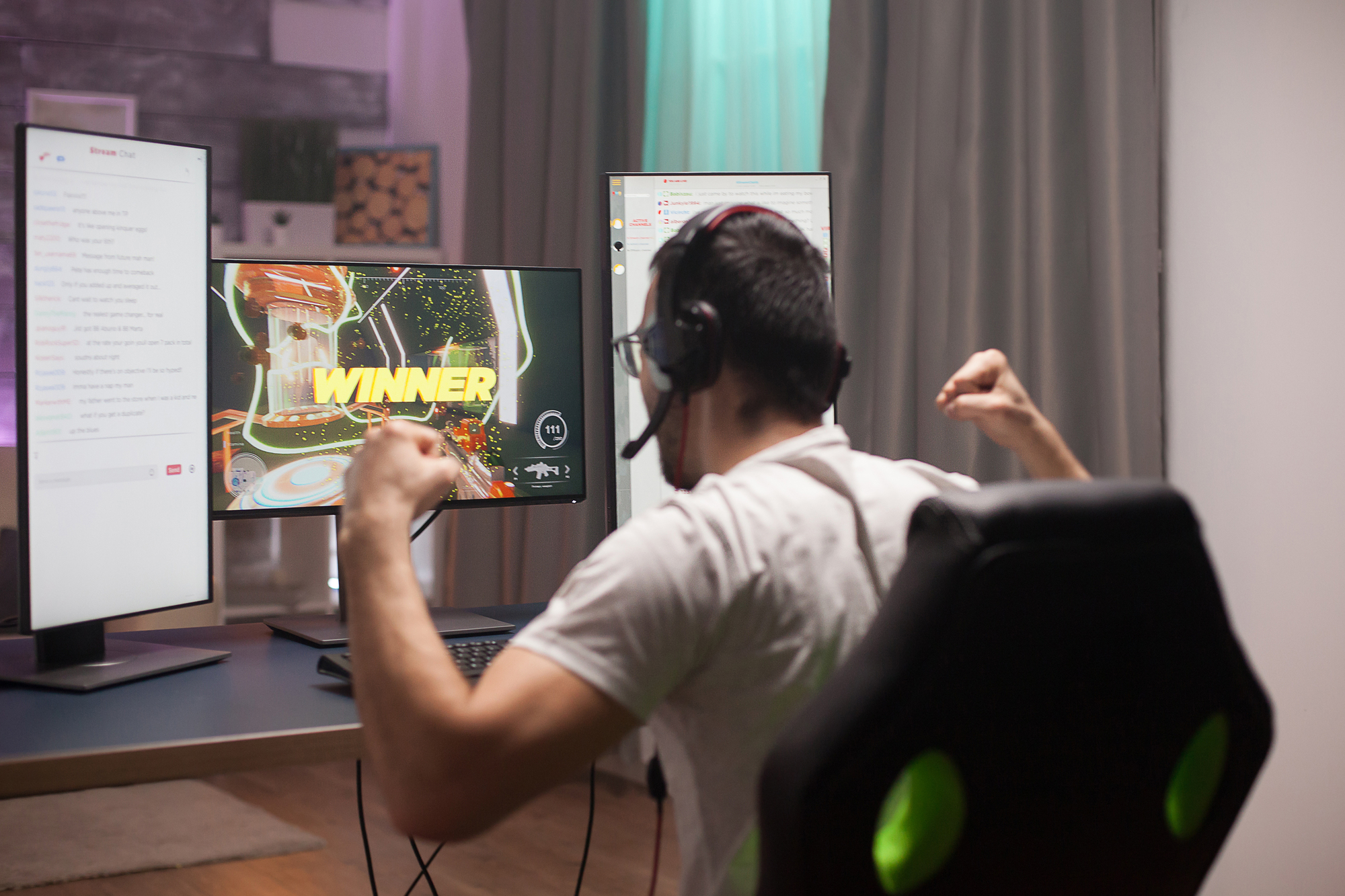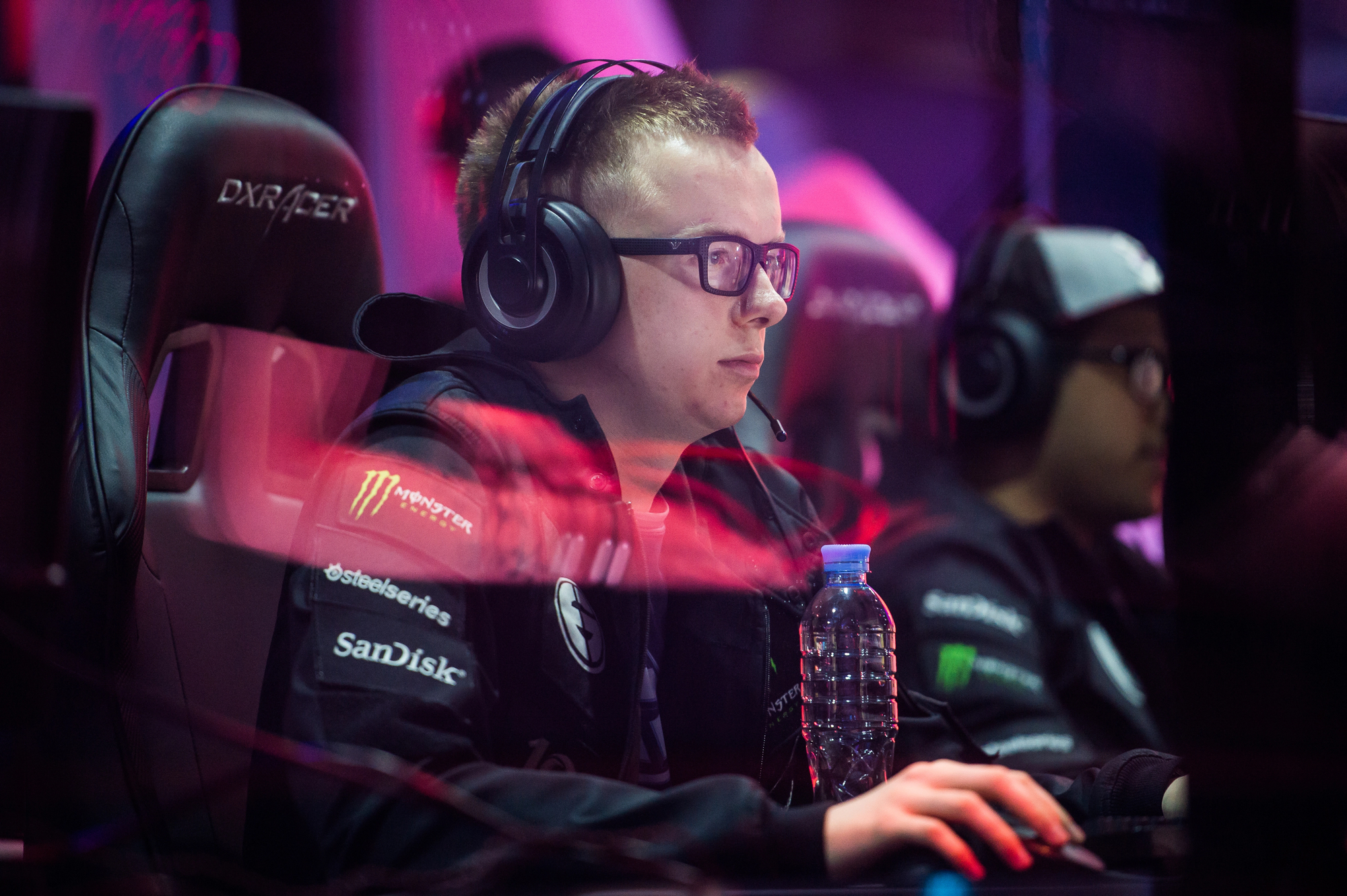User-generated content (UGC) has revolutionized the gaming industry, transforming players from passive consumers into active creators. This shift has sparked a new era of creativity, community engagement, and innovation within gaming culture. UGC empowers players to design and share their own levels, characters, and storylines, enhancing the gaming experience for millions worldwide.
The rise of UGC in gaming mirrors broader trends across the internet, where user-created content has become increasingly prevalent. From modding communities to in-game level editors, gamers now have access to powerful tools that allow them to shape virtual worlds according to their imagination. This democratization of content creation has led to an explosion of fresh ideas and experiences within games.
UGC has also fostered stronger connections between developers and players. By incorporating player-made content, game studios can extend the lifespan of their titles and build loyal communities around their products. This collaborative approach has blurred the lines between creators and consumers, leading to a more dynamic and interactive gaming landscape.
The Evolution of User-Generated Content in Gaming
User-generated content has transformed gaming from a passive experience to an interactive, creative medium. Players now shape virtual worlds and gameplay experiences alongside professional developers.
From Mods to Mainstream
Mods paved the way for user-generated content in gaming. Early examples like Counter-Strike, a mod for Half-Life, demonstrated the potential of player-created content. Minecraft took this concept further, allowing players to build and share entire worlds.
As modding communities grew, game developers recognized the value of user creativity. Some companies embraced this trend, providing official tools and platforms for content creation. This shift led to games like Roblox, where user-generated content forms the core experience.
The rise of digital distribution platforms made it easier for creators to share their work with a global audience. Steam Workshop and other similar services allowed players to browse, download, and rate user-created content directly within games.
Revolutionizing Game Development
Game engines like Unity and Unreal have democratized game development. These tools, once reserved for professional studios, are now accessible to individual creators and small teams.
User-generated content has blurred the lines between players and developers. Games like Dreams on PlayStation 4 provide comprehensive creation tools, allowing users to design entire games within the platform.
This trend has fostered innovation in gameplay mechanics and storytelling. Players experiment with new ideas, often pushing the boundaries of what’s possible within a game’s framework. Some user-created mods and games have even spawned successful commercial releases.
Building Communities and Culture
User-generated content has become a cornerstone of gaming communities. Players bond over shared creations, collaborate on projects, and inspire each other’s work.
Platforms like Twitch and YouTube Gaming have amplified the impact of user-generated content. Streamers and content creators showcase mods, custom maps, and player-made games to millions of viewers.
This culture of creation has extended beyond individual games. Esports tournaments for games like Dota 2 feature custom game modes created by the community. Fan-made art, music, and cosplay have become integral parts of gaming culture, celebrated at conventions and online.
Monetization Strategies and Economic Impact
User-generated content in gaming has created significant opportunities for revenue generation and economic growth. Creators, publishers, and platforms have developed diverse strategies to capitalize on this content ecosystem.
Creating Revenue Streams
Game developers and platforms have implemented various monetization methods for user-generated content. In-game purchases allow players to buy custom skins, emotes, and other cosmetic items created by the community. Fortnite has successfully used this model, generating billions in revenue from player-made content.
Subscription services give users access to premium user-created content for a recurring fee. Roblox offers a premium membership that provides exclusive items and abilities to create and sell virtual goods.
Ad revenue sharing allows content creators to earn money from advertisements displayed alongside their creations. YouTube Gaming uses this model, paying creators a portion of ad revenue based on views and engagement.
The Role of Marketplaces
Digital marketplaces facilitate transactions between content creators and consumers. These platforms typically take a percentage of sales as commission. Roblox’s marketplace enables developers to sell virtual items and experiences, with the company taking a 30% cut.
Some marketplaces specialize in specific types of content. Unity Asset Store focuses on 3D models, scripts, and other game development assets. Creators set their own prices and earn 70% of each sale.
Marketplaces often provide tools and resources to help creators improve and market their content. This support can include analytics, promotional features, and community forums.
Empowering Creators and Publishers
The rise of user-generated content has led to new opportunities for individuals and small teams to become successful game developers. Platforms like Roblox and Fortnite have launched programs to support promising creators, offering funding, mentorship, and marketing assistance.
Companies like GameFam have emerged to help creators navigate the business side of content creation. They offer services such as monetization strategy, cross-platform expansion, and brand partnerships.
Revenue sharing models have become more generous over time, with some platforms offering up to 70% of sales to creators. This shift has made content creation a viable career path for many, leading to a growing ecosystem of professional game modders and level designers.
Enhancing Player Experience through UGC
User-generated content revolutionizes gaming by giving players tools to shape their experiences. This approach boosts engagement, fosters community, and opens new avenues for creativity and monetization.
Customization and Player Engagement
UGC empowers gamers to personalize their gameplay. Games like Dota 2 let players create custom skins and mods, adding a personal touch to characters and environments. This level of customization keeps players invested and excited about the game.
Fortnite Creative takes this concept further, allowing players to build entire islands and game modes. This freedom to create and share content keeps the game fresh and encourages players to return regularly.
By giving players creative control, games become more than just prepackaged experiences. They transform into platforms for self-expression and innovation, deepening the connection between player and game.
Retention and Community Engagement
UGC fosters strong gaming communities. When players share their creations, it sparks discussions, collaborations, and friendly competitions. This social aspect keeps players engaged long after they might have otherwise moved on to other games.
Community-created content also extends a game’s lifespan. Popular user-made mods or maps can breathe new life into older titles, keeping them relevant for years. This longevity benefits both players and developers, as it maintains interest in the game and its ecosystem.
UGC platforms often include rating and feedback systems, allowing the best content to rise to the top. This peer recognition motivates creators to produce high-quality content, further enriching the game for all players.
New Frontiers: Web3 and Blockchain in Gaming
Web3 and blockchain technologies are opening up new possibilities for UGC in gaming. These technologies allow for true ownership of digital assets, including user-created content.
Players can now potentially earn real value from their creations. Blockchain-based games might allow creators to sell their custom items or levels directly to other players, with smart contracts managing the transactions.
This model could lead to a new gaming economy where players become stakeholders in the games they love. It incentivizes high-quality UGC and could result in more collaborative relationships between developers and player-creators.
However, challenges remain in integrating these technologies smoothly into existing gaming ecosystems. Balancing decentralization with user experience and addressing environmental concerns are key issues to resolve.










